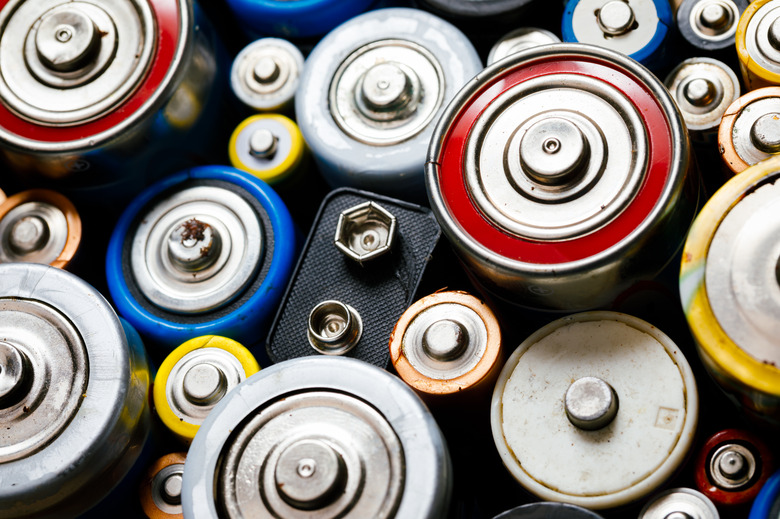Physical Address
Suite 5, 181 High Street,
Willoughby North NSW 2068
Physical Address
Suite 5, 181 High Street,
Willoughby North NSW 2068

The composition of a battery differs depending on the type–alkaline, lithium or zinc chloride. Batteries come in all shapes and sizes and are available in a wide range of strengths, in terms of power. The one thing in common with any type of battery is the way it works. Batteries move energy from one end of the cell to the other, creating a current that can be used to supply power to many devices.
Batteries have many uses. They can power hearing aids, cell phones, compact disk players, smoke alarms, computers and even cars. The ability to have electricity without being “plugged in” is an incredibly useful idea that has countless applications.
A battery, or cell, is composed of a cathode, an anode and the electrolyte. A chemical reaction takes place within the cell, moving electrons from one place to another and producing an electric current. Half of the cell contains electrolyte and an anode. The other half contains electrolyte and a cathode. Electrons gather at the negative end of a battery (the anode). When a wire is connected from the positive end (the cathode) to the negative end, the electrons move through the cell from the anode to the cathode.
The anode is the part of the battery that gives up electrons. While discharging energy, the anode is the negative electrode. When charging a cell, the anode becomes the positive electrode. In alkaline batteries, the anode is usually made up of zinc powder. To limit corrosion, zinc oxide is usually added to the anode.
The cathode is the part of the battery that absorbs electrons. While discharging energy, the cathode is the positive electrode. When charging a cell, the cathode becomes the negative electrode. In alkaline batteries, the cathode is usually made up of manganese dioxide. To improve conductivity, graphite is traditionally used in the cathode.
Electrolyte is the conductive substance that transmits energy through the cell. The anode and cathode never touch; they are connected to each other via electrolyte. Electrolytes can come either in solid or liquid form. Materials usually used for electrolytes are potassium hydroxide, ammonium chloride or zinc chloride.